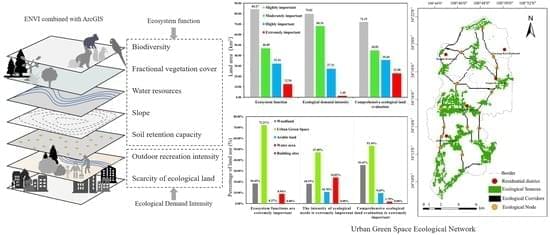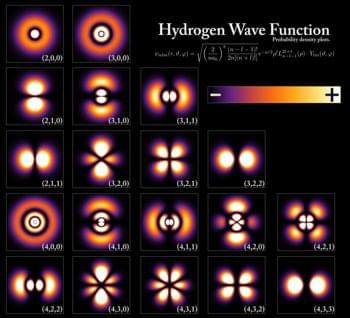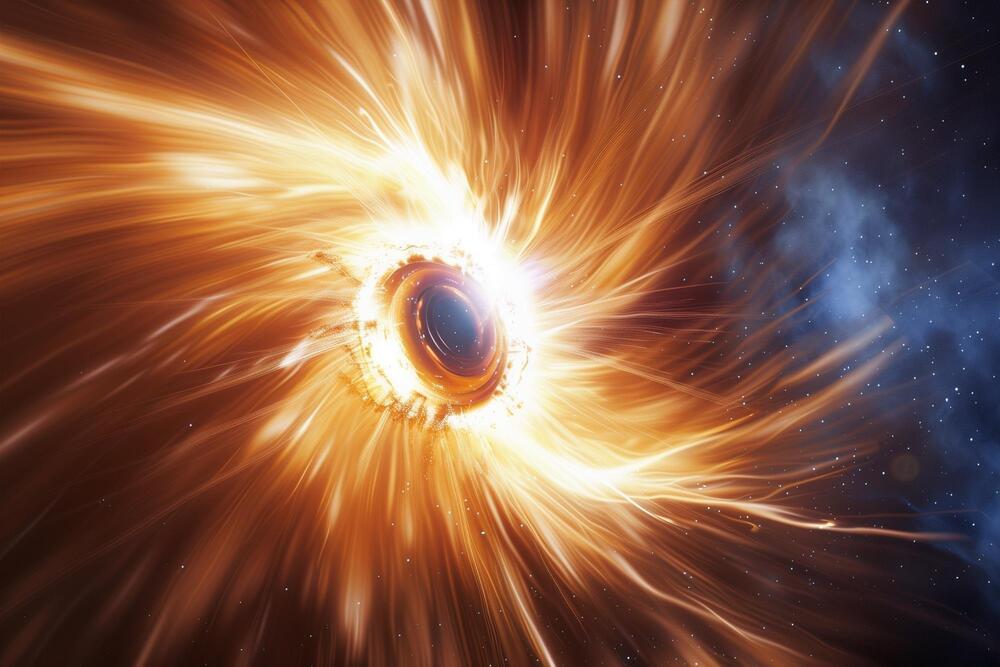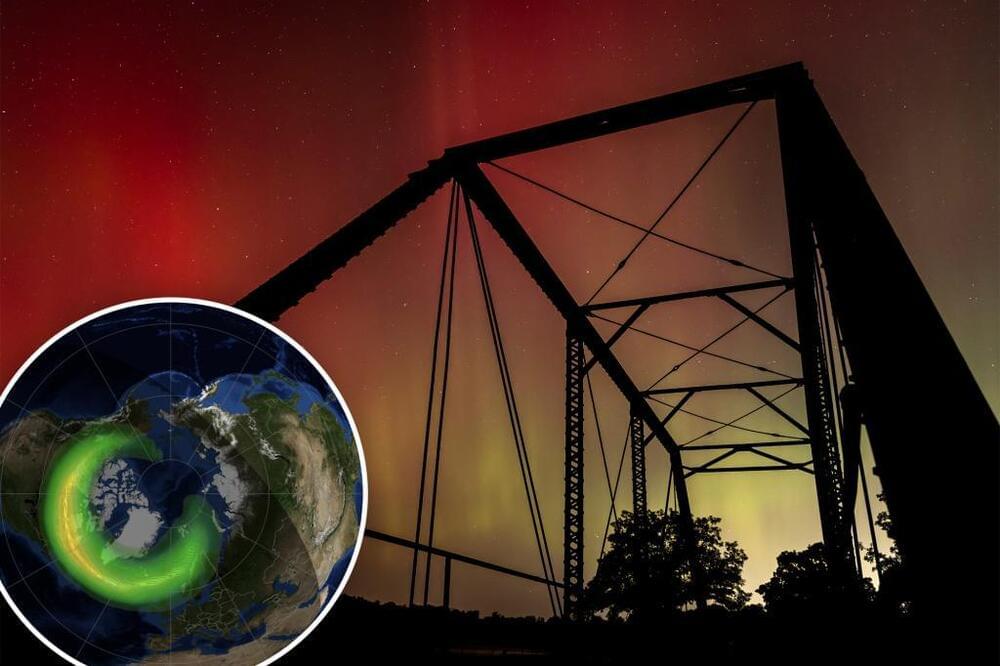In today’s episode of Theories of Everything, Curt Jaimungal and Julian Barbour challenge conventional physics by exploring Barbour’s revolutionary ideas on time as an emergent property of change, the universe’s increasing order contrary to entropy, and the foundational nature of shape dynamics.
SPONSOR (THE ECONOMIST): As a listener of TOE you can get a special 20% off discount to The Economist and all it has to offer! Visit https://www.economist.com/toe.
TOE’S TOP LINKS:
Support TOE on Patreon: / curtjaimungal (early access to ad-free audio episodes!)
Enjoy TOE on Spotify! https://tinyurl.com/SpotifyTOE
Become a YouTube Member Here:
/ @theoriesofeverything.
Join TOE’s Newsletter ‘TOEmail’ at https://www.curtjaimungal.org.
LINKED MENTIONED:
The Janus Point (Julian Barbour’s book): https://www.amazon.com/Janus-Point-Ne?tag=lifeboatfound-20…
‘Relational Concepts of Space and Time’ (Julian Barbour’s 1982 paper): https://www.jstor.org/stable/687224
‘The Theory of Gravitation’ (Paul Dirac’s 1958 paper): https://www.jstor.org/stable/100497
Carlo Rovelli on TOE: • The Loop Quantum Gravity Debacle: Car…
‘On the Nature of Things’ (book): https://www.hup.harvard.edu/books/978…
Leibniz: Philosophical Writings (book): https://www.amazon.com/Leibniz-Philos?tag=lifeboatfound-20…
Elementary Principles of Statistical Mechanics (book): https://www.amazon.com/Elementary-Pri?tag=lifeboatfound-20…
The interpretations of quantum mechanics in 5 minutes (article): https://curtjaimungal.substack.com/p/.…
Sean Carroll on TOE: • The Crisis in (Fundamental) Physics i…
Timestamps:
00:00 — Introduction.
02:12 — Working Outside of Academia.
03:53 — Space, Time, Dimension.
10:40 — Mach’s Principle.
21:33 — Mach Confused Einstein.
24:22 — Two Particle Universe.
31:46 — Carlo Rovelli.
35:02 — Julian’s Ontology.
43:37 — Julian’s Theory ‘Shape Statistics’
51:11 — Leinbiz’s Philosophical Writings.
56:14 — Expansion of the Universe (Scale Invariance)
01:05:02 — Cosmological Principle.
01:15:34 — Thermodynamics.
01:17:15 — Entropy and Complexity.
01:30:40 — Wave Function / Double Slit Experiment.
01:39:21 — God.
01:44:48 — The Role of Instruments.
01:47:44 — Etymology of Pattern and Matter.
01:51:25 — Join My Substack!
Other Links:







